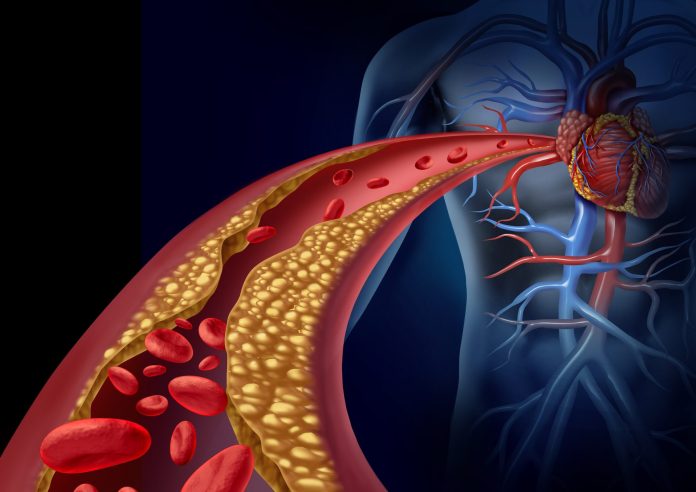
An international team of researchers, led by the Medical University of Vienna and the University Hospital of Würzburg has uncovered crucial insights into the underlying mechanisms of atherosclerosis.
Arterial blockage stemming from atherosclerosis remains a leading cause of heart attacks and strokes worldwide, revealing an urgent need for breakthroughs in prevention and treatment. Reporting in Nature Cardiovascular Research, scientists are now offering a promising new avenue for early detection and intervention.
At the heart of their investigation lies the role of macrophages, specialized cells involved in the development of atherosclerosis. Macrophages have long been known to orchestrate the formation of arterial plaques, being the culprits behind artery narrowing and blockage, which can lead to fatal complications such as heart attacks and strokes. However, the precise underlying mechanisms behind the process remain unknown.
In their study the researchers uncovered the role of a protein known as Triggering Receptor Expressed on Myeloid Cells (TREM2) in regulating macrophage activity.
The research shows TREM2’s pivotal role in the formation of unstable plaques, notorious for their likelihood to rupture, heightening the risk of cardiovascular events. By modulating the survival of foam cells—a hallmark of atherosclerotic plaques—and increasing the removal of damaged cells, TREM2 emerges as a key player in reducing plaque development.
The researchers conducted their experiments on mice genetically predisposed to atherosclerosis, yielding promising results. Treatment with a specific antibody targeting TREM2 significantly decreased the formation of unstable plaques, hinting at its potential as a therapeutic target for plaque stabilization, mitigating the risk of heart attacks and strokes.
Moreover, their findings establish a link between a soluble form of TREM2 (sTREM2) and disease progression, suggesting its utility as a biomarker for early detection.
“Our results provide a vital glimpse into the intricate mechanisms driving atherosclerosis and pave the way for innovative therapeutic strategies,” the researchers emphasized in their paper. The identification of TREM2 as a therapeutic target not only holds promise for combating atherosclerosis but also underscores its potential as a diagnostic marker, unveiling a new era in cardiovascular disease management.
As scientists continue to understand the molecular mechanisms of atherosclerosis, the prospect of targeted therapies tailored to individual patients grows closer, offering hope for a future where heart attacks and strokes are no longer the leading causes of mortality.













